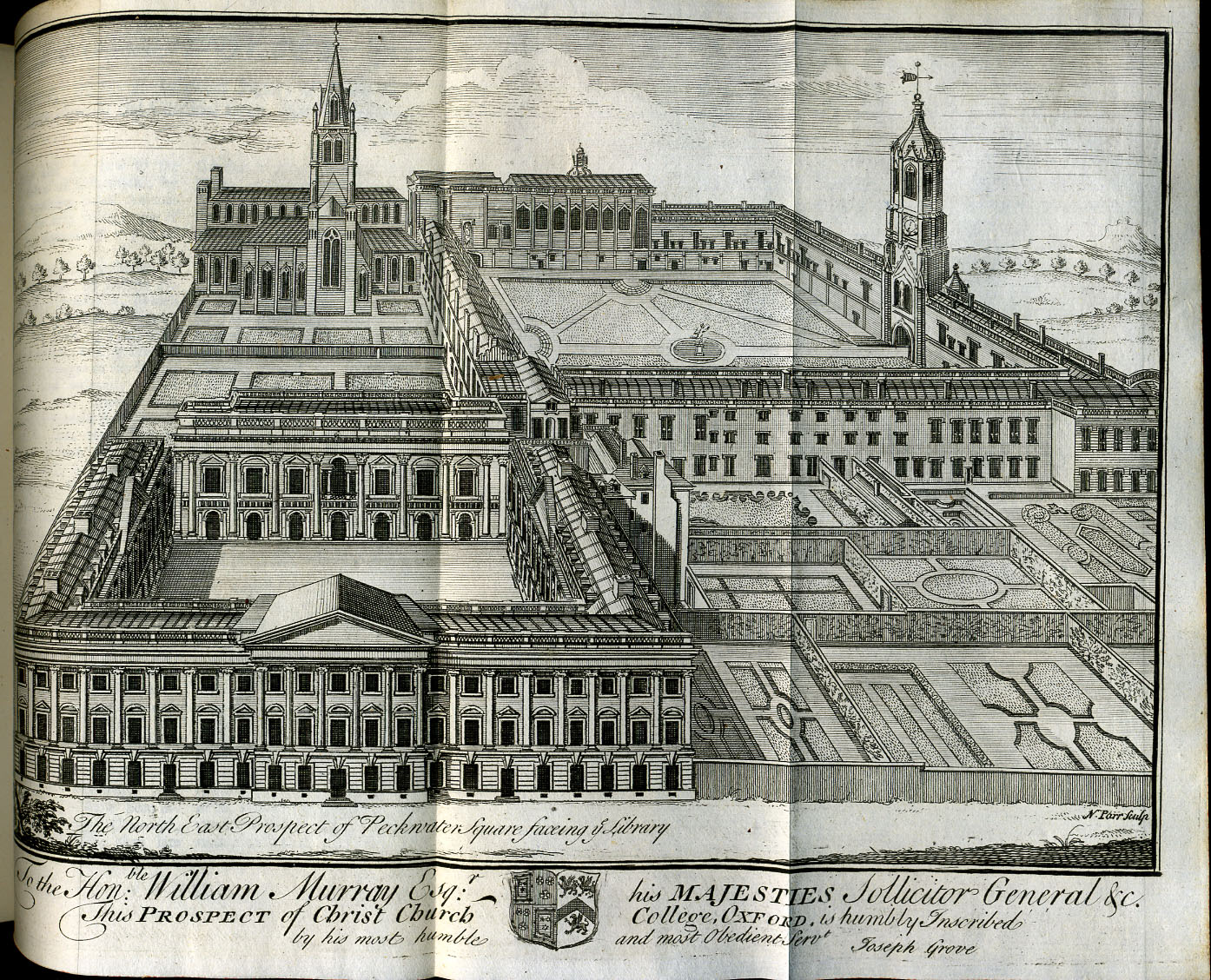Thankfully, during my time at the college archive I was able to get my hands on the Cook's Accounts, which record all of the meat consumed at the college. No, they don't tell us what kind of meat was being eaten, nor do they tell us how it was cooked. But they might shed some additional light about what exactly transpired in May of 1748.
 |
| Wonder what keeps better, roast or boiled beef? |
Remains from last week: 0.8.0 (This is the cost of the leftovers carried over from the previous week)
Total cost of meat brought in: 17.2.7 (enough said)
Battels: 18.17.8 1/2 (This is how much, overall, that the students were charged for their meals)
Remains: 1.0.0 (This is how much wasn't eaten during the week)
From this one entry, you can easily see that the leftovers at the end of the week on the 6th of May were more than twice the amount of leftovers from the previous week, suggesting that diners didn't eat as much as anticipated. (Usually the "Remains" hovers around three of four shillings, so one pound, by comparison, is quite significant.)
What about the "Battels," the total amount students were charged for their meals? We don't know the price each student was paying, but we do know that when this number was high, that means that a lot of students were showing up for dinner. Some weeks, the price of "Battels" could get up to 35 pounds, so the figure represented here suggests that there were fewer people showing up –– and paying –– than usual. From other accounts, I realized that the "Battels" charged to the students always exceeded the amount of meat that is actually consumed. This isn't surprising, as the college wanted to ensure that no one would leave the meal hungry.
But in the weeks leading up to the protest, the disparity between the "Battels" charged to the students and the price of the meat brought in (as opposed to leftovers from the previous week) would be quite high. What does that mean?
Well, that the students are paying for more meat that they can't eat, which results in an accumulation of leftovers. Can a riot really be that far away??







